Garrattfan's Modelrailroading Pages

NS 6200 class
Superstructure assembly (1)
First I attacked the etches. I snipped all etch tabs, cut them flush and filed them down. I sorted all bits and pieces trying to identify them and store them together, resulting in a beautiful glistening box full of goodies. WARNING: the water tank etches have long ends protruding from the front (as seen in the upper left compartment of the box). They are easily mistaken for an etch tab. Take care not to snip them off by accident!! |
|
Taking the etches apart is hardly a problem. None of the items is numbered and there is no reference in the drawing to the (layout of the) etches. Hence I could just well take them out and sort them into the box. |
|
"With this first solder fillet
|
|
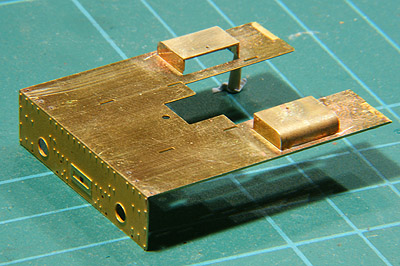 |
After some work the front takes a little shape. The accuracy of this etch is to a very high standard. |
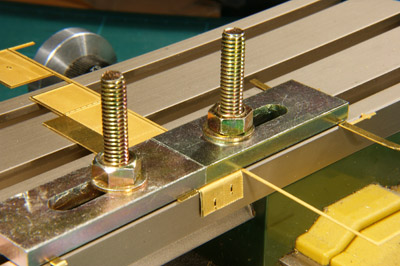 |
Bending the water tanks. The edge of my crosstable is a little rounded, just enough to serve a good bending jig for the water tanks, which have a rounded corner. |
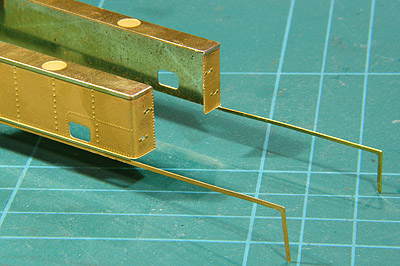 |
After bending and soldering. Here you can see the afore mentioned protruding ends that must not be mistaken for etch tabs. They will be soldered on the rim of the forward running board. |
2010-03-14 This is as much as I could do for now. From this moment on the NGG16 took all my time to finish. In the meantime I used my contacts with other builders to identify a someone who owned a roller bender. After this, work discontinued for some time. I picked up work again after completion of the NGG16 in June 2011. |
|
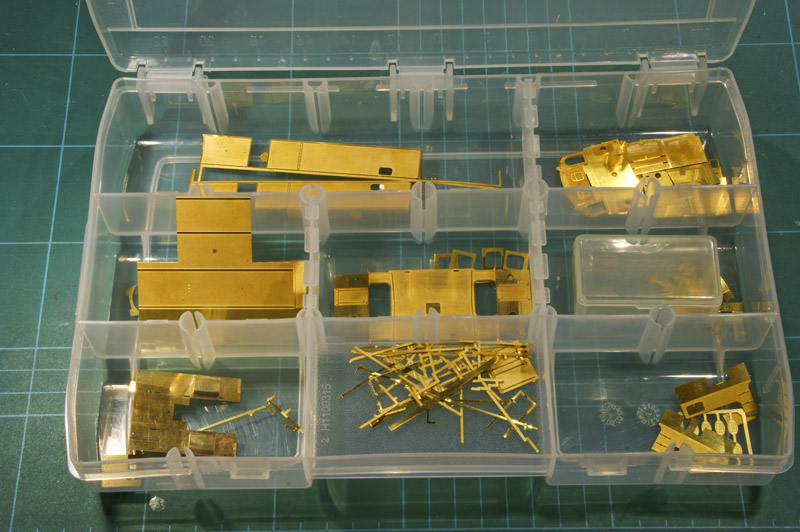
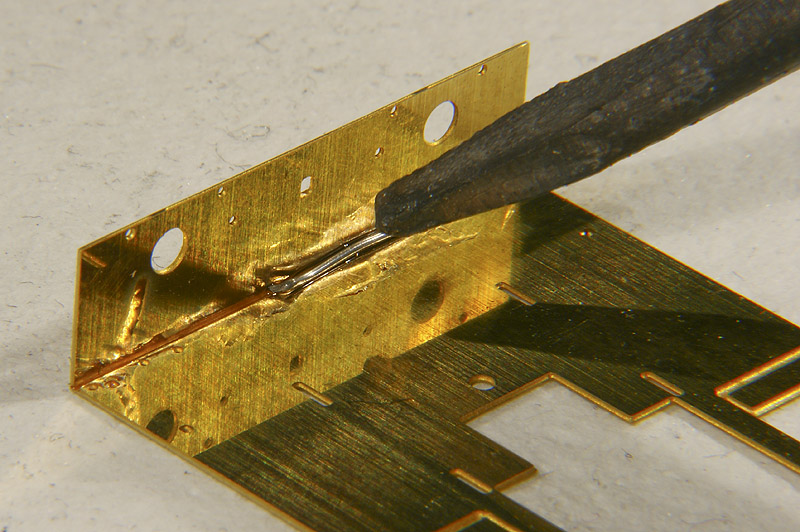

Sign my
GuestBook